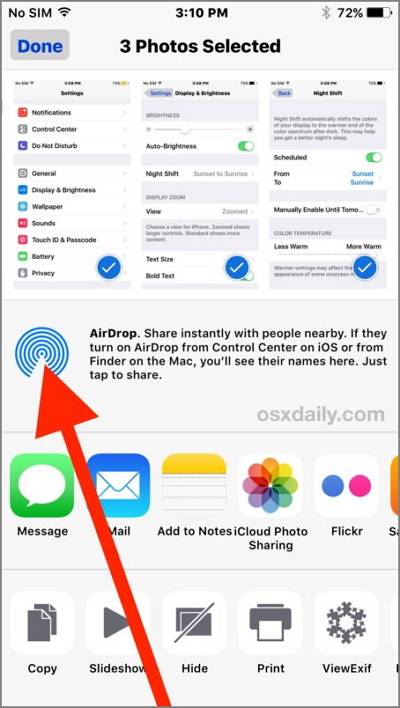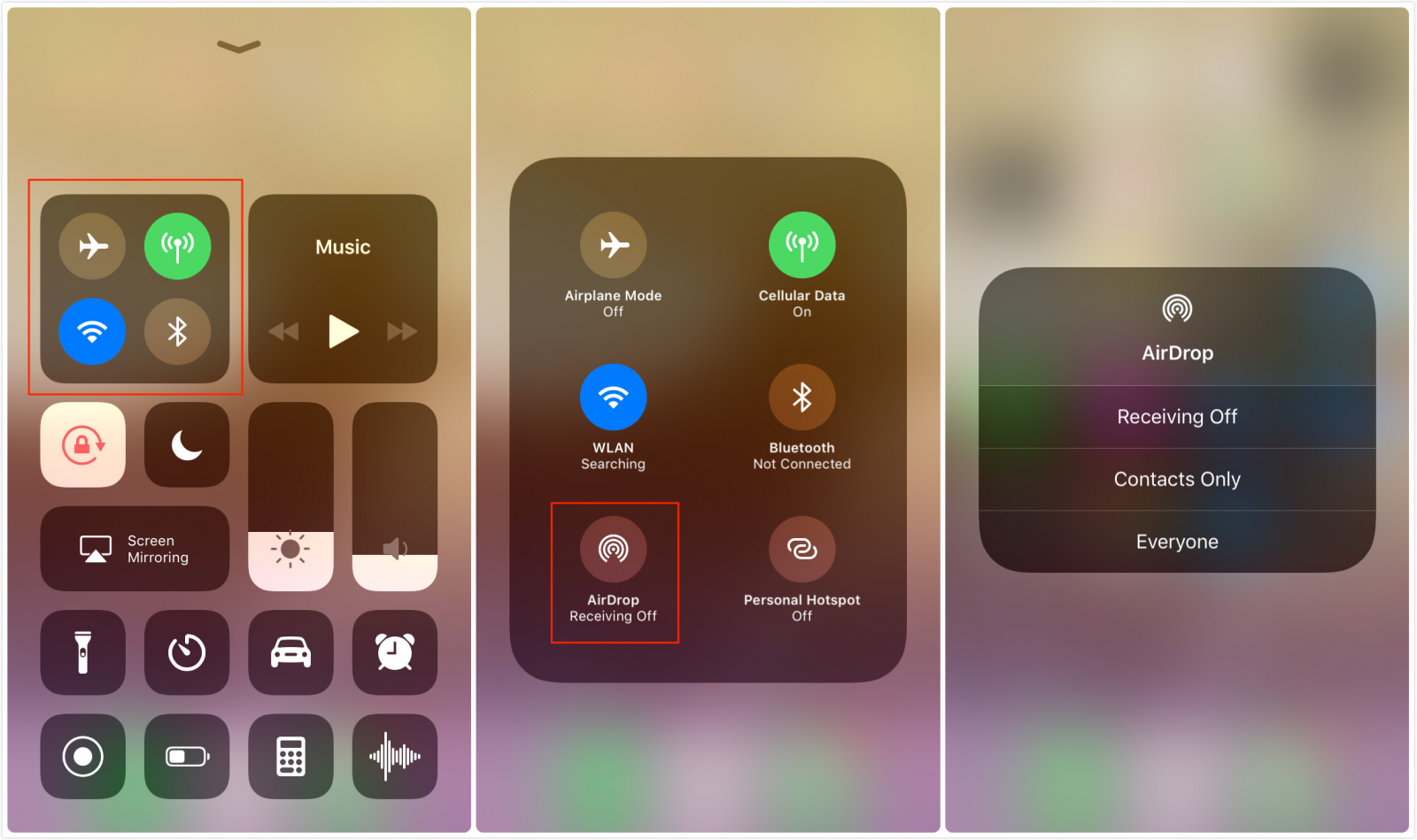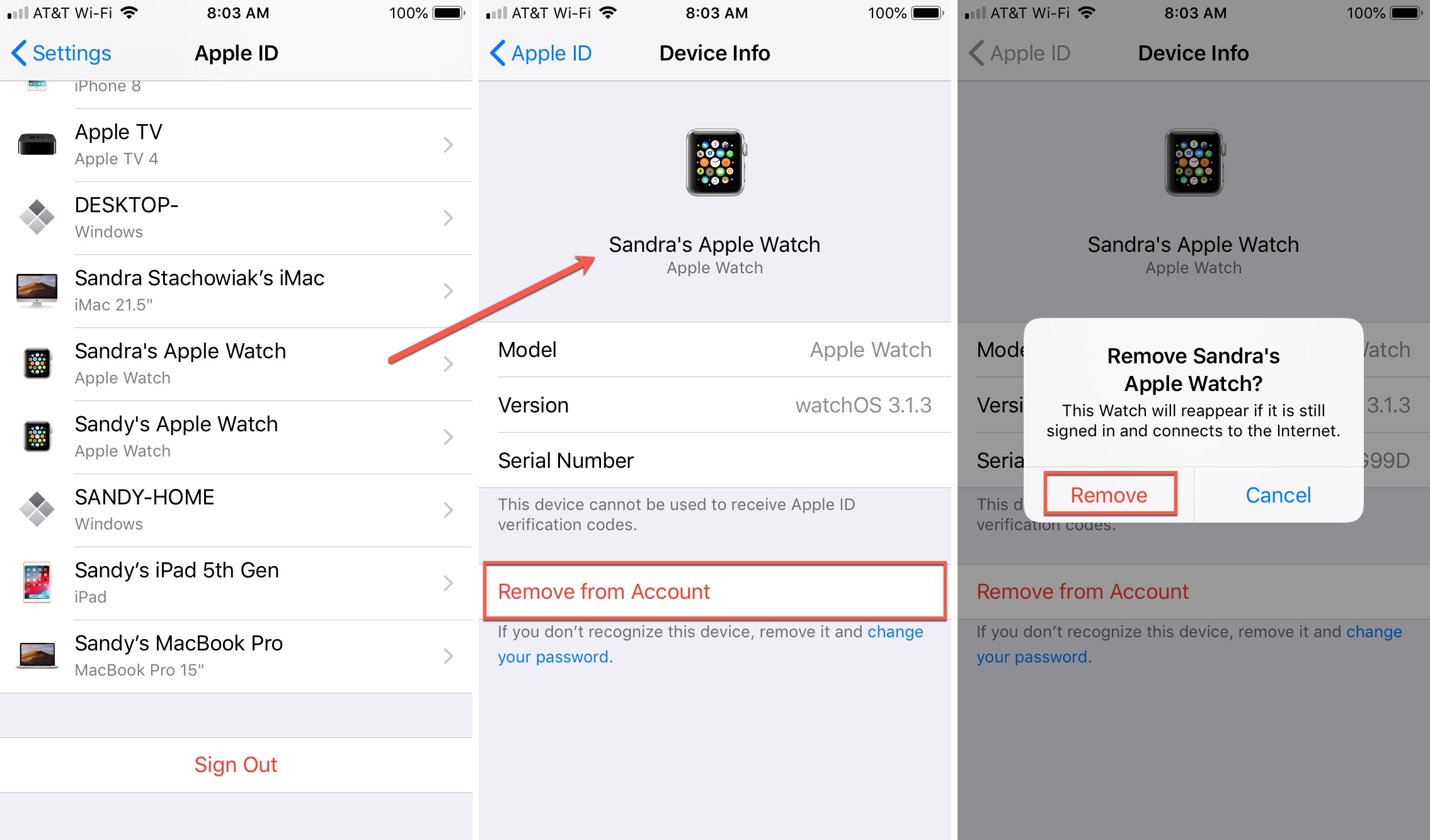

Click your iPhone or iPad from the app’s sidebar, and you should now see all your photos and videos here.You might not know about this app, but it’s a free one that comes pre-installed with your Mac. Launch the Image Capture app from your Applications folder.If prompted on the iOS device to trust the computer, tap the Trust button, and enter your device passcode.

Connect your iPhone or iPad to your Mac using a Lightning or USB-C cable as appropriate.Photo by Devon Janse van Rensburg on Unsplash Access your iPhone or iPad Photos on Macįollow these steps to access your iPhone or iPad’s Camera Roll on your Mac: In this tutorial, we show you the easiest way to access your iOS device’s Camera Roll on both operating systems.

HEIC files.Whether you have a Mac or a PC, you can use your computer to access your iPhone or iPad’s Camera Roll/entire Photos library for easy photo and video transfer. If you select “Keep Originals” instead, your iPhone will give you the original. Your iPhone automatically converts the photos to. On your iPhone, head to Settings > Photos, scroll down, and then tap “Automatic” under Transfer to Mac or PC. However, you don’t have to disable HEIF on your iPhone to make these photos more compatible. RELATED: How to Open HEIC Files on Windows (or Convert Them to JPEG) This is the default setting as of iOS 11, but you need third-party software to view these files on Windows.

HIEC file extension, that indicates your iPhone is taking photos using the new HEIF image format. RELATED: What is the HEIF (or HEIC) Image Format? Just make sure to copy instead of move the items, if you want them to remain on your phone. Or, you could just grab the whole DCIM folder if you want. To import everything from your iPhone, you could just copy-and-paste or drag-and-drop the 100APPLE folder (and any other folders) inside the DCIM folder.


 0 kommentar(er)
0 kommentar(er)
